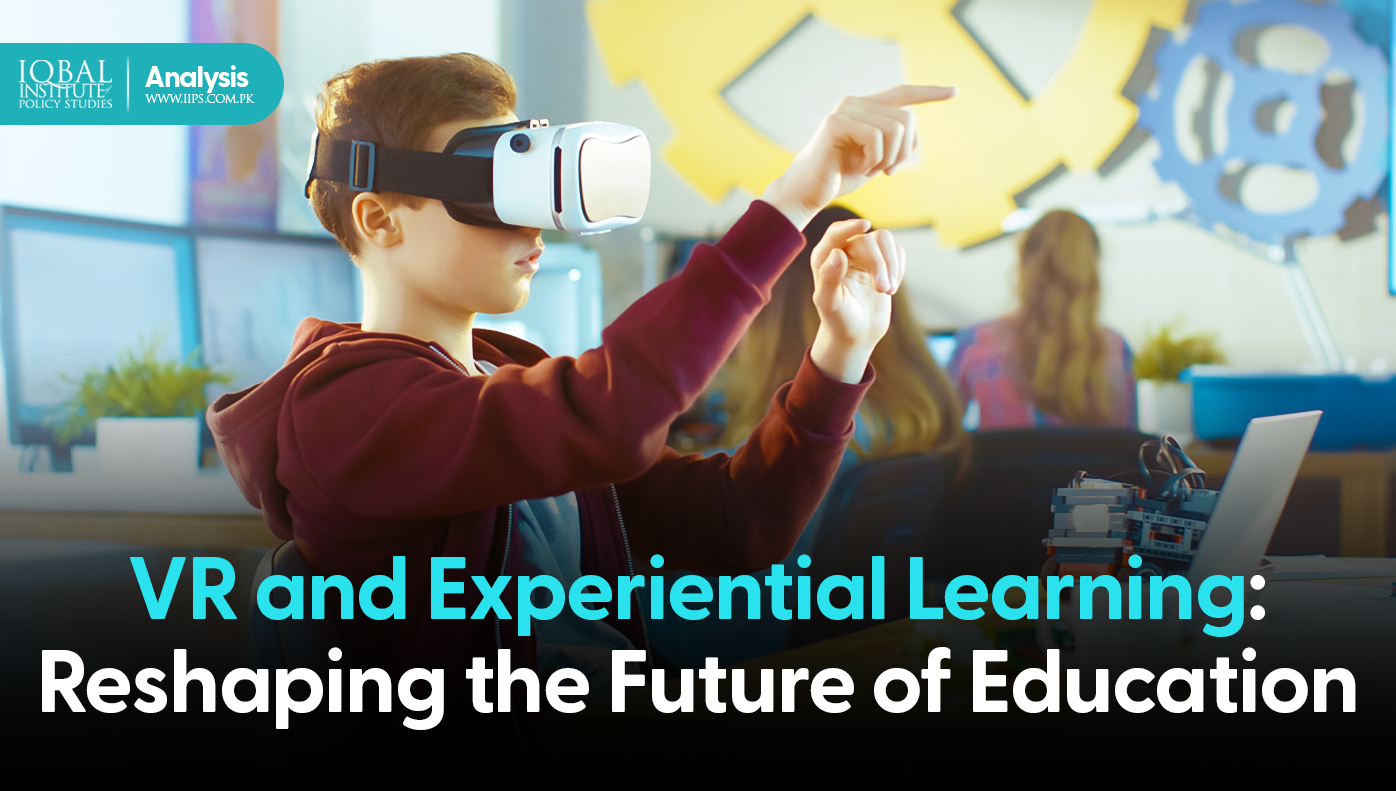Human development is the foundation of a strong economy. It enhances human capital, drives productivity, and boosts economic output. Quality education guides individuals to acquire new skills, develop critical thinking and analytical know-how, contribute to economic welfare, develop a sense of purpose and shape one’s careers. Therefore, it has an undeniable impact on individuals, societies, governments, and the world at large.
During the COVID-19 pandemic, advancements have been seen in the global education sector when governments were forced to close schools and universities worldwide. The United Nations Educational, Scientific, and Cultural Organization (UNESCO) supported the global education sector with digital tools, programs, and resources to ensure continuity of learning. Some of the educational online tools were Alef Education in UAE, Vscool in KSA, MOE E-Learning in Egypt, etc.
Although these solutions are significant, they mostly focused on transferring knowledge, not the practical and in-person experience students needed to grasp concepts. As the evolution of educational technology is going forward, there is a need to address experiential learning. For this purpose, augmented reality, virtual reality (VR), and mixed reality that are coupled with innovative pedagogies are positioned to address this need and create a competitive advantage for all stakeholders involved.
The disruption in today’s digitising world is helping increase accessibility, enhance quality and improve the affordability of education globally. These disruptive and innovative technologies will drive the digitising of educational streams making them more feasible and affordable inside and outside the classroom, reducing the reliance on textbooks, notebooks, and pencils as critical learning tools.
In this case, VR is a leading example and arguably a game-changer for the next generation of students, graduates, and vocational learners as it enables experiential learning. It allows students to immerse themselves in an interactive experience where they can visualise the outcomes of their actions first-hand. It supports more powerful visualisation, improves educational interaction, enhances collaboration, and strengthens students’ practical understanding.
In a VR classroom, teachers can motivate students and create a more collaborative and interactive educational environment. It can be integrated into traditional teaching to create a unique experience adapted to each student’s ability, style, pace and drive to learn, ensuring their readiness to advance through robust assessment.
However, through VR or other experiential learning tools, educational technology is at a turning point for leaders, educators, regulators, and other stakeholders to take a proactive approach to invest in future generations and ride the wave of change.



Leave a Reply